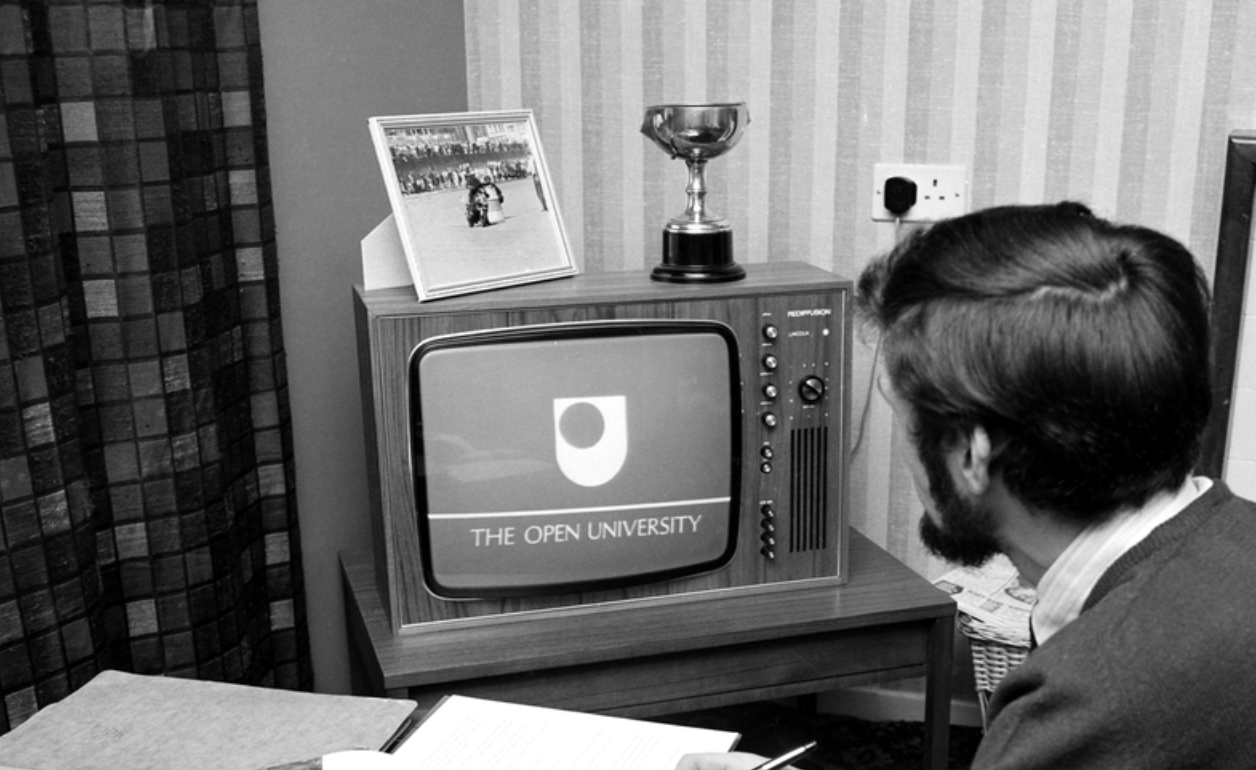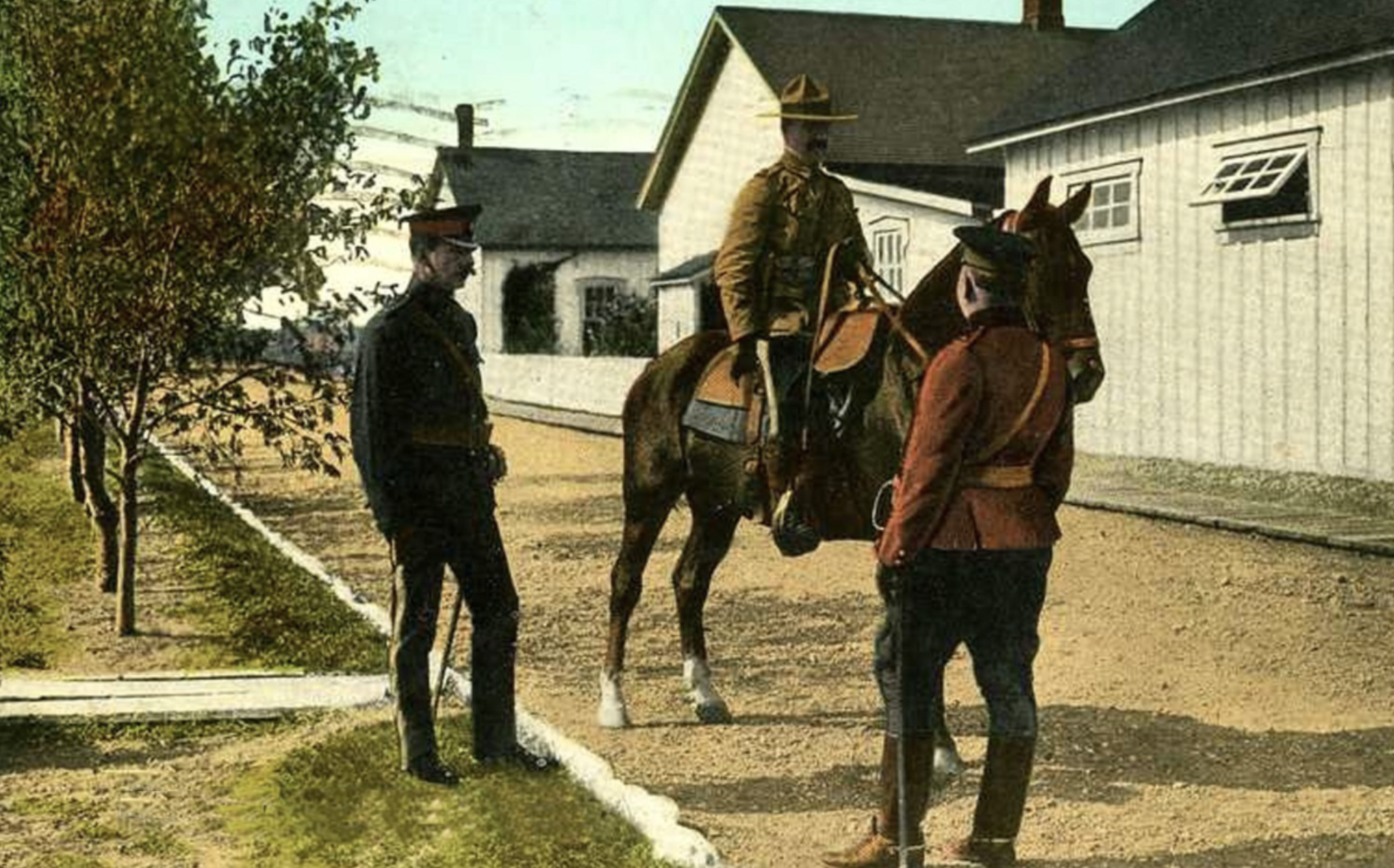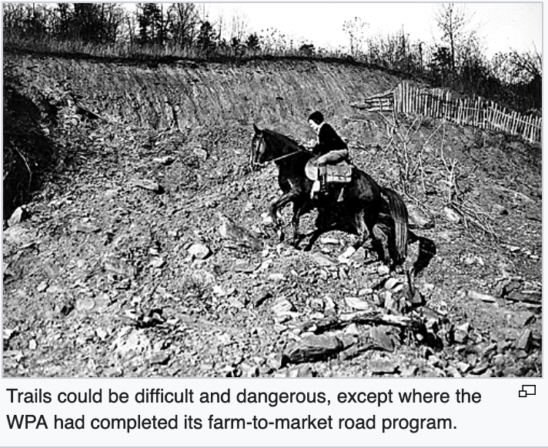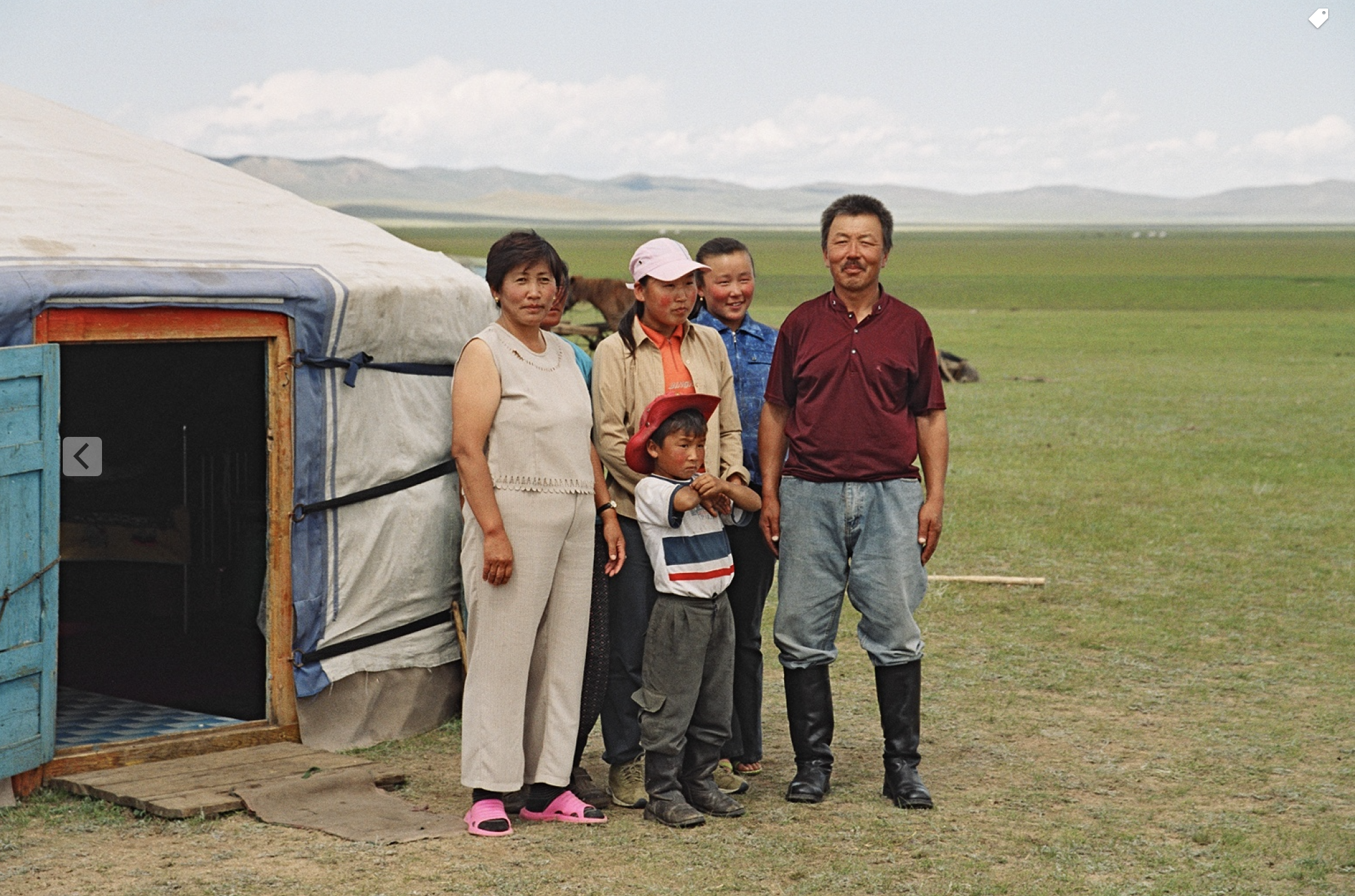
For those of you interested in the history of distance education, there are lessons to be learned about different ways to deliver distance education. Although there are many advantages of online learning, there are always contexts where online is not the best or only solution. This became apparent during Covid-19, where far too many students just did not have suitable access.
If we look back in history, we can see that different solutions have been designed to fit the particular context in which distance education operates. I list some below.
1. Delivery by mounted police
Queen’s University in Ontario, Canada, began offering distance education courses by correspondence in the 1880s. At that time there were no universities west of Ontario. In places where there was no mail service, the North West Mounted Police (now the RCMP) delivered materials to students. (Incidentally, I cannot find an original source for this – or is it just a myth? Any help welcome!).

2. Travelling libraries – by pack-horse
I am indebted to Heidi Morris, Online Content Co-ordinator in the Office of Distance Learning, Old Dominion University, Virginia for this. She wrote to me as follows:
Traveling libraries aren’t unique, and they’ve existed in the U.S. since the mid-1880s. In 1913, a pack horse library service was created to bring library materials to isolated communities in eastern Kentucky. That program ended in 1914 due to funding loss, but the idea was resurrected during the Great Depression as the WPA Pack Horse Library Project. The Great Depression impacted library locations as well as the ability of rural communities to access a library. Small libraries had budgets slashed and lost staff, and the most isolated people couldn’t afford to get to a library anymore, assuming they could have accessed a library before the Depression at all. Wagons and cars couldn’t access the most isolated communities, but one person with a pack horse or mule could go nearly anywhere. The WPA Pack Horse Library Project ran from 1934-1943.
The parallel that struck me is how a national crisis ended up limiting access to educational materials for vulnerable populations, and a pre-existing technology was adapted and expanded to bring education to those populations. If only online learning was as easy to wrangle as a pack horse!

3. Compact Discs for learners on submarines
Heidi also offered this current example of alternative delivery:

4. Distance education by boat
North Island College in British Columbia started out of a portable trailer in Campbell River and a few converted school buses.

In the 1980s, NIC bought and fitted out a boat – a 160 ft ex-whale catcher ship, the Samarinda II – to take distance courses and materials to the remote communities along the northern coast of British Columbia. The boat collected (and delivered) student assignments, course materials, and offered tutorials/lectures while the boat was in town. This ended with the building of fixed campuses and local centres on Vancouver Island in the 1990s, although NIC still offers online distance education courses – and also developed one of the very first online, remote-controlled science labs.

Conclusion
These are all examples of using whatever is appropriate locally to deliver distance education. and is dependent on the imagination and resourcefulness of the local distance educators. I am sure there are many more examples – if you know of a good example, please send me it.









 Dr. Tony Bates is the author of eleven books in the field of online learning and distance education. He has provided consulting services specializing in training in the planning and management of online learning and distance education, working with over 40 organizations in 25 countries. Tony is a Research Associate with Contact North | Contact Nord, Ontario’s Distance Education & Training Network.
Dr. Tony Bates is the author of eleven books in the field of online learning and distance education. He has provided consulting services specializing in training in the planning and management of online learning and distance education, working with over 40 organizations in 25 countries. Tony is a Research Associate with Contact North | Contact Nord, Ontario’s Distance Education & Training Network.

